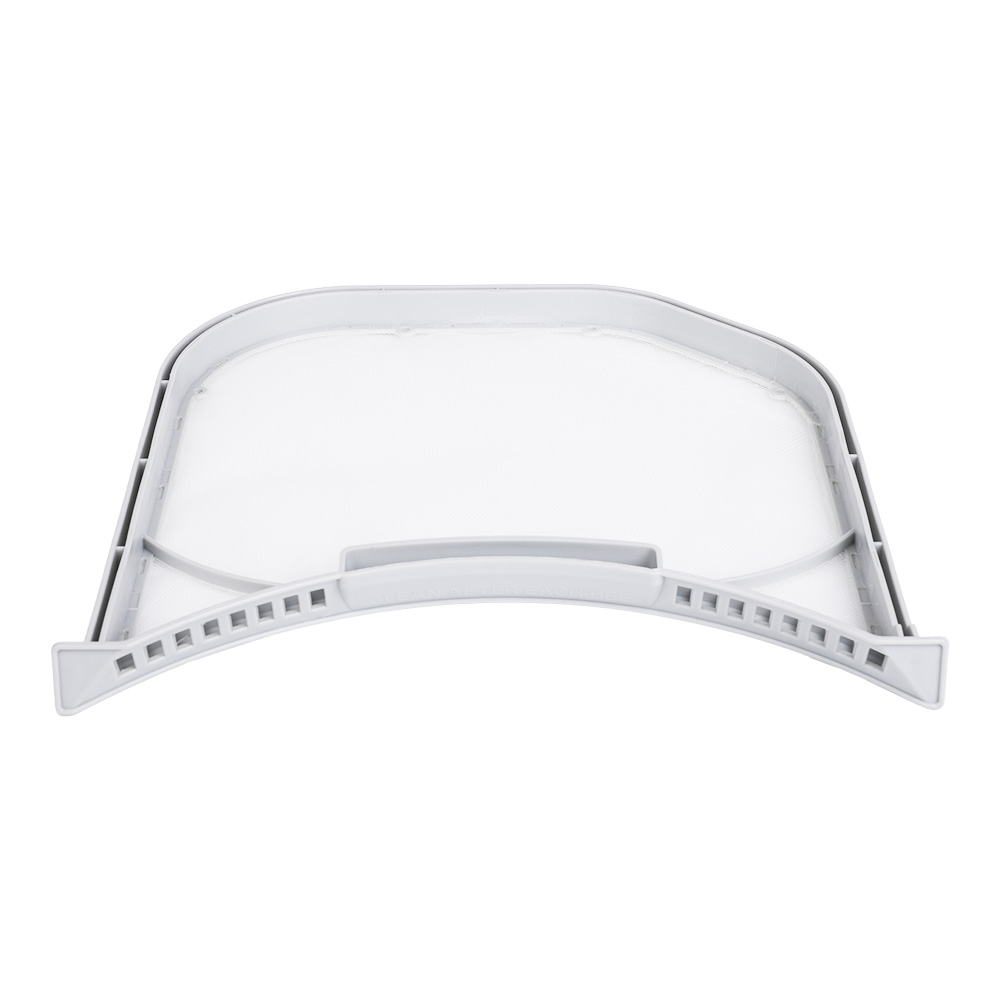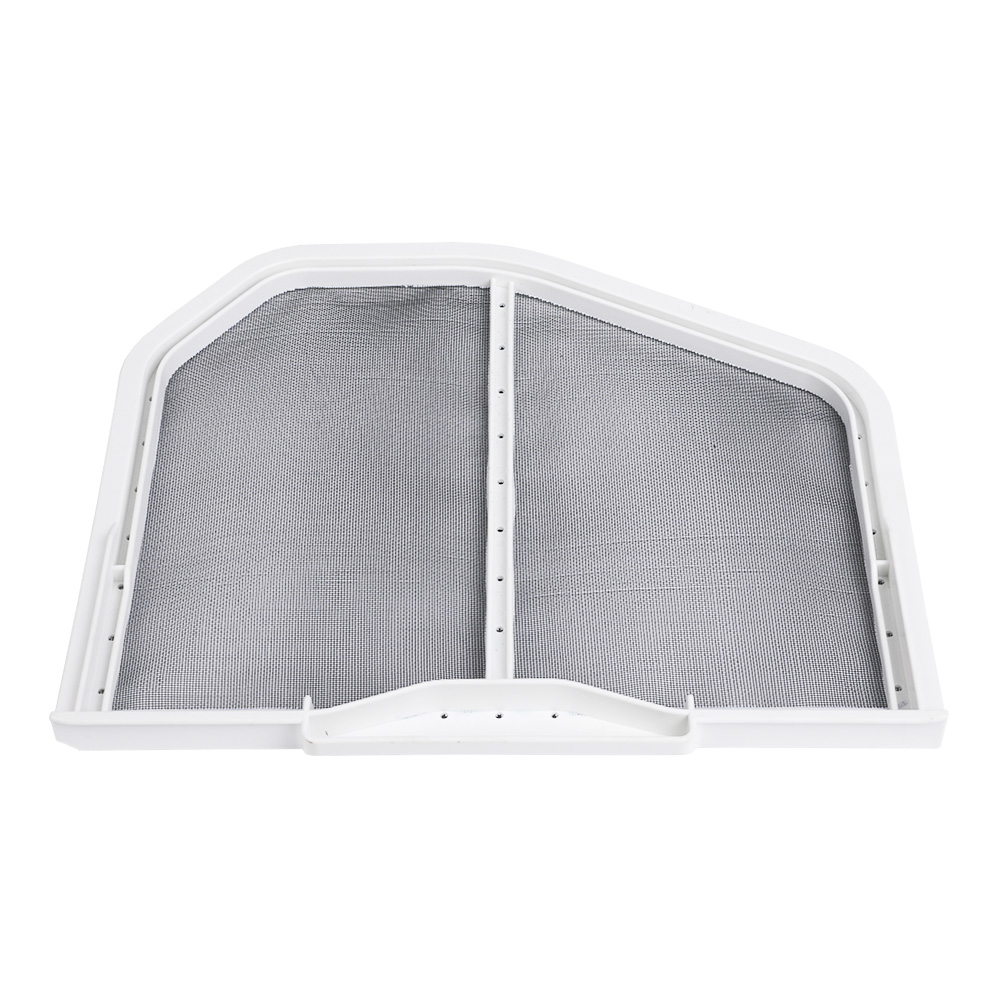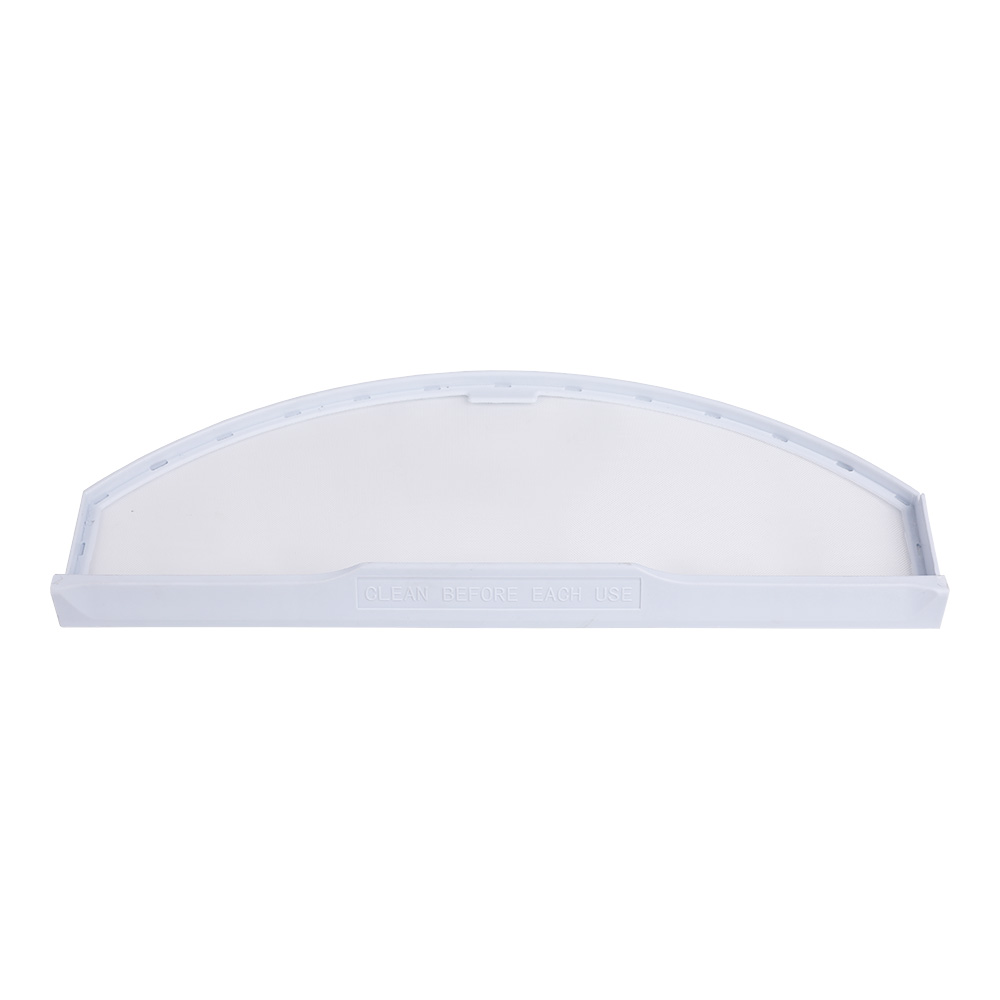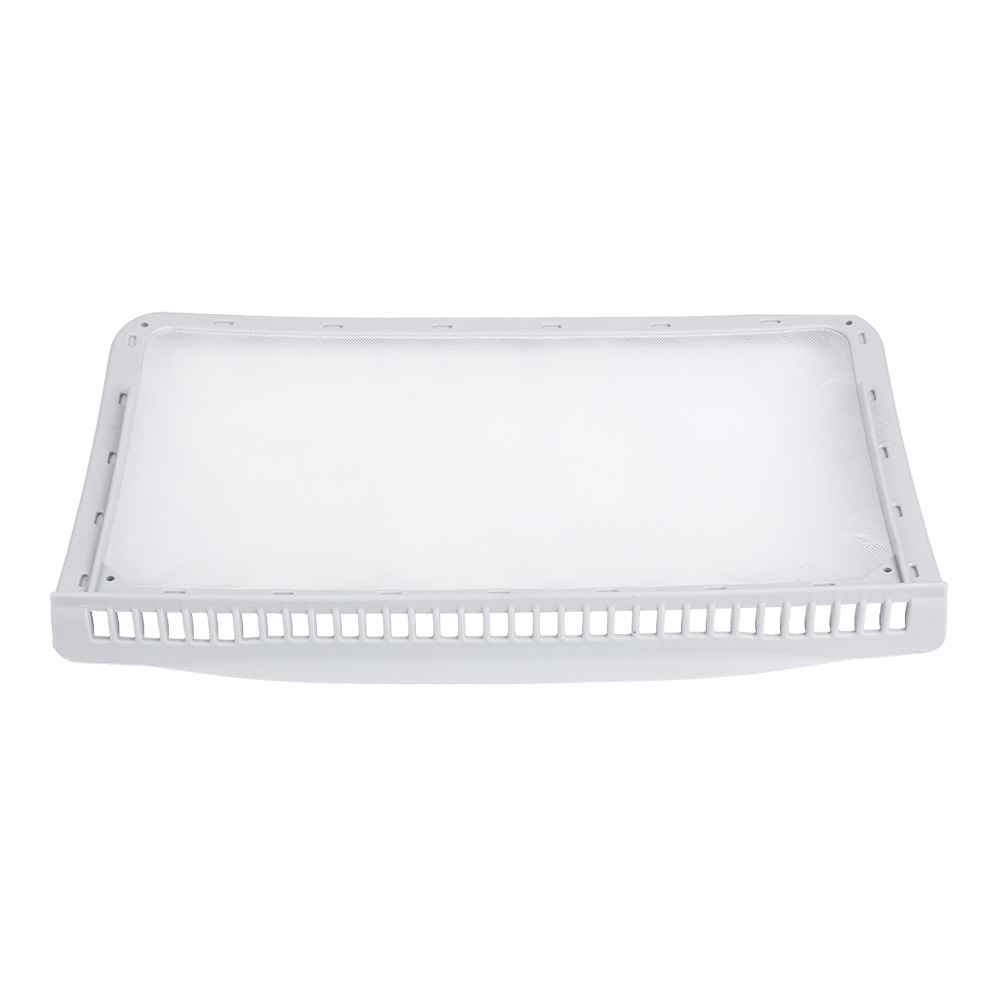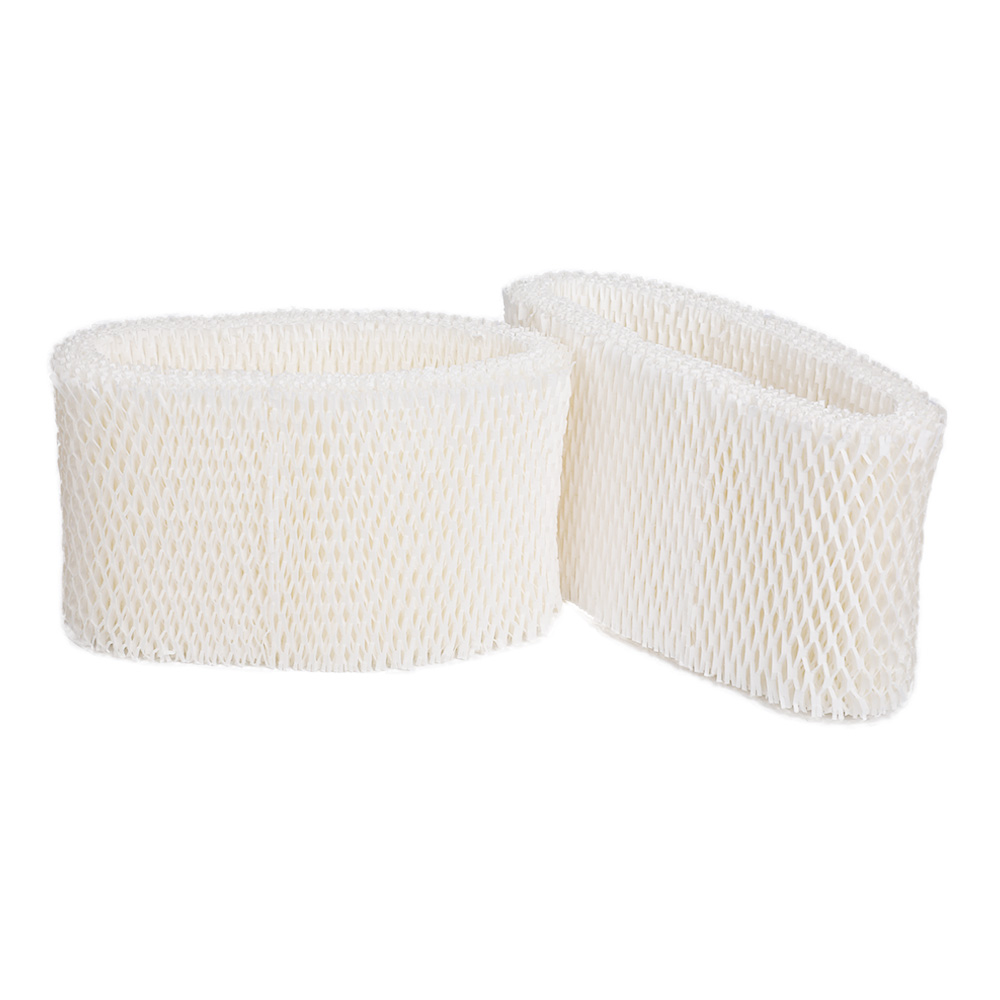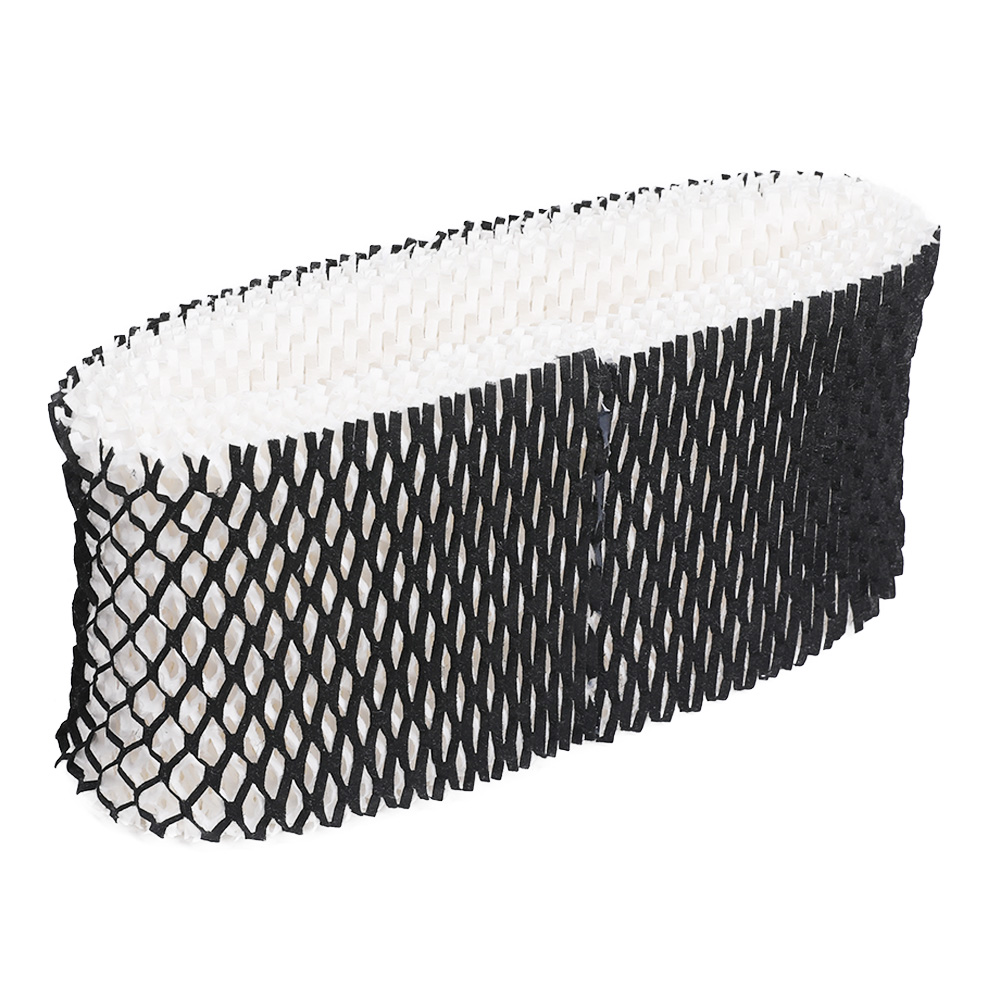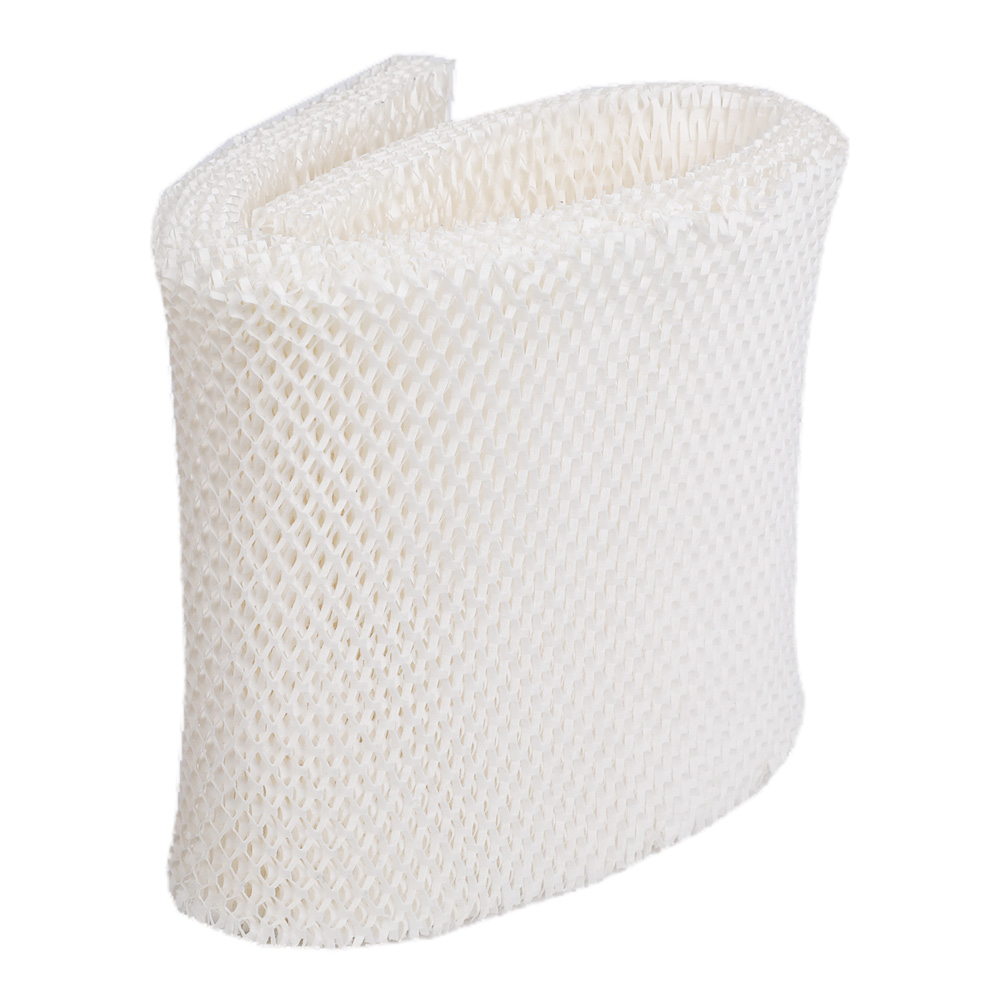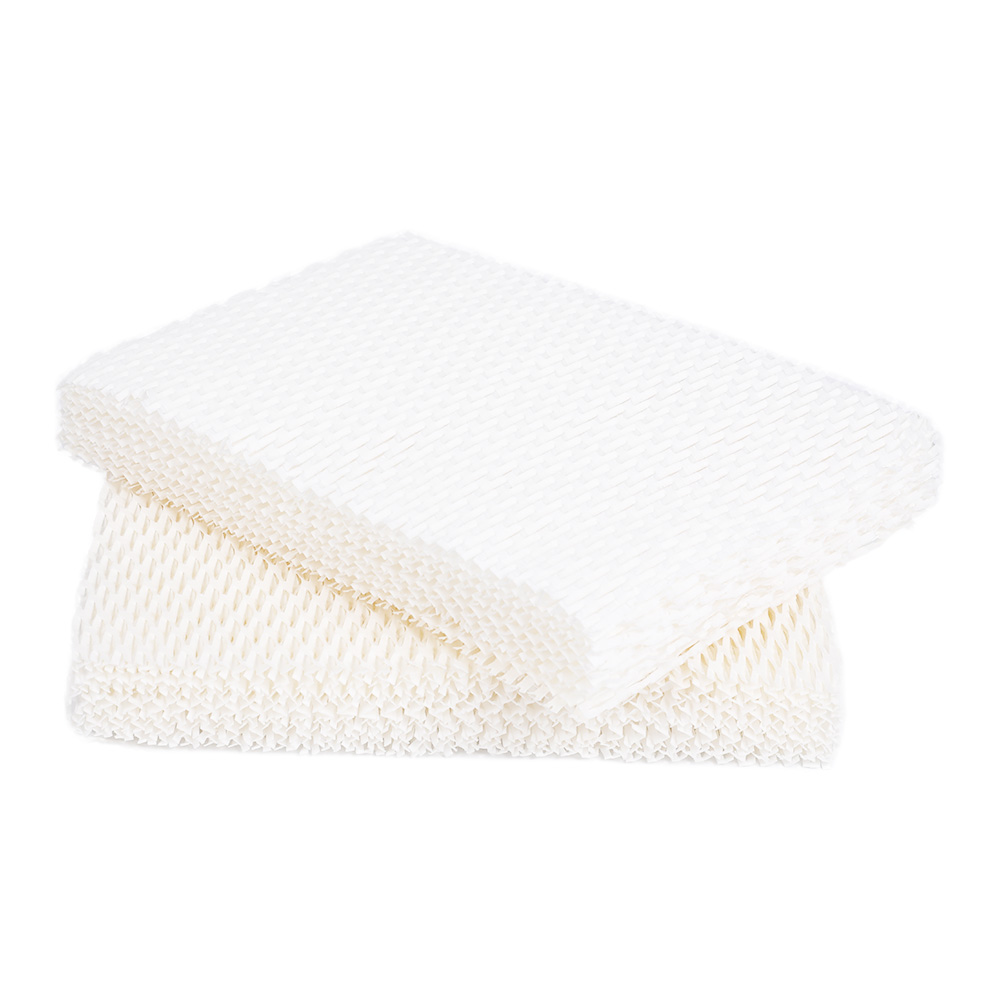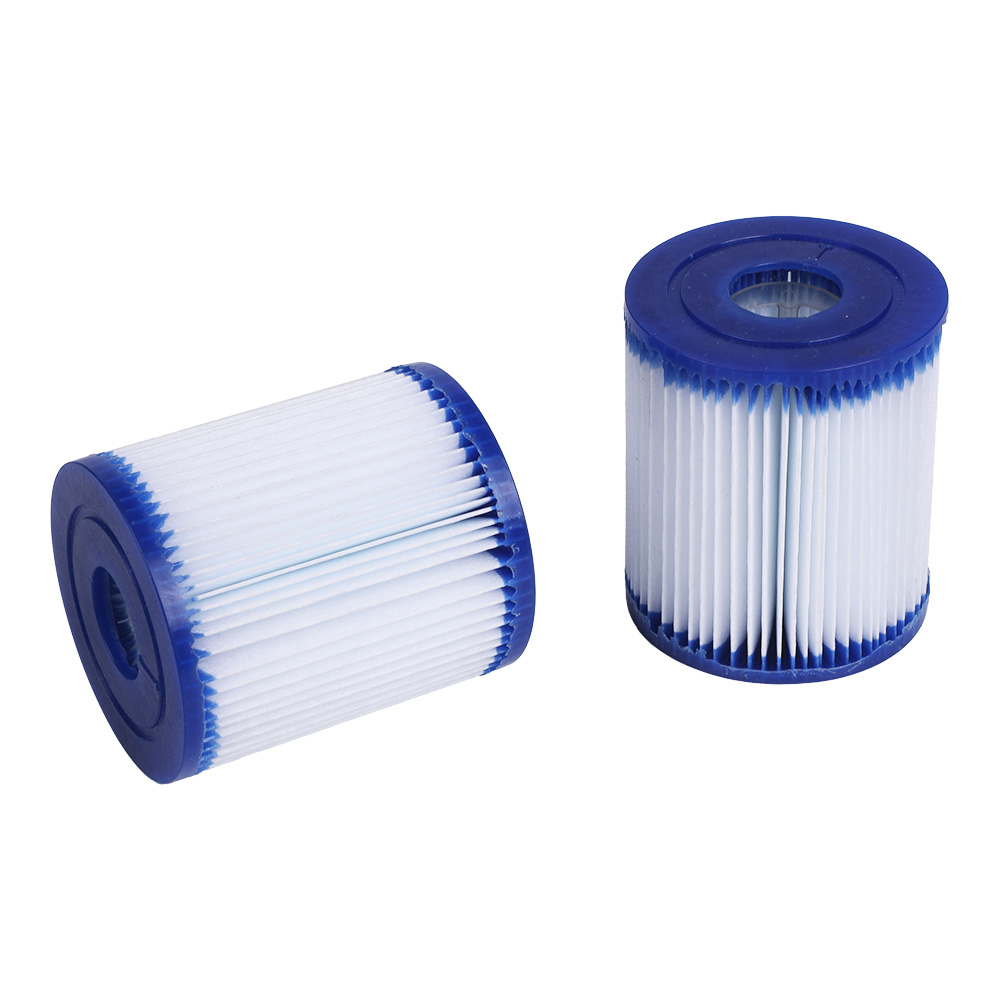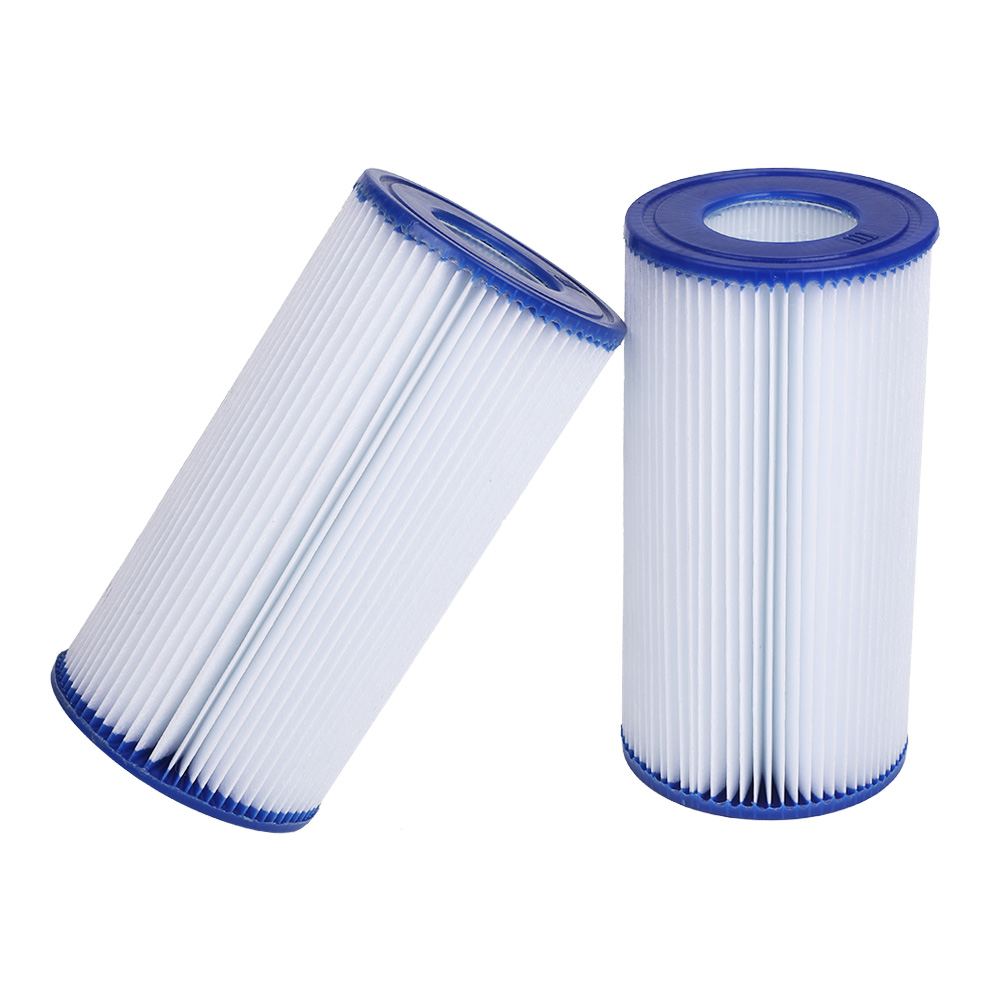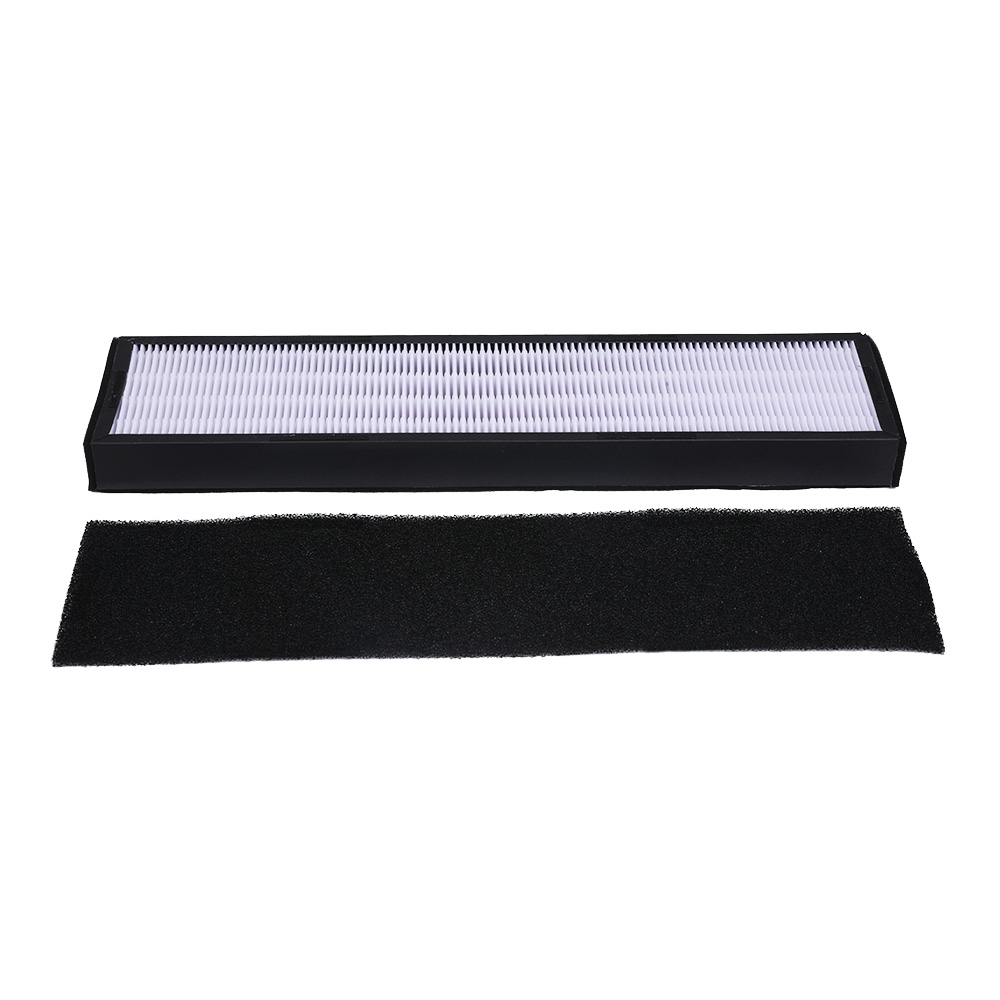Indoor air pollution is a major concern for many people. Poor air quality can have a negative impact on our health, including respiratory problems, headaches, and fatigue. One way to improve indoor air quality is to use an activated carbon air filter. In this article, we'll explore what activated carbon air filters are, how they work, and their benefits.
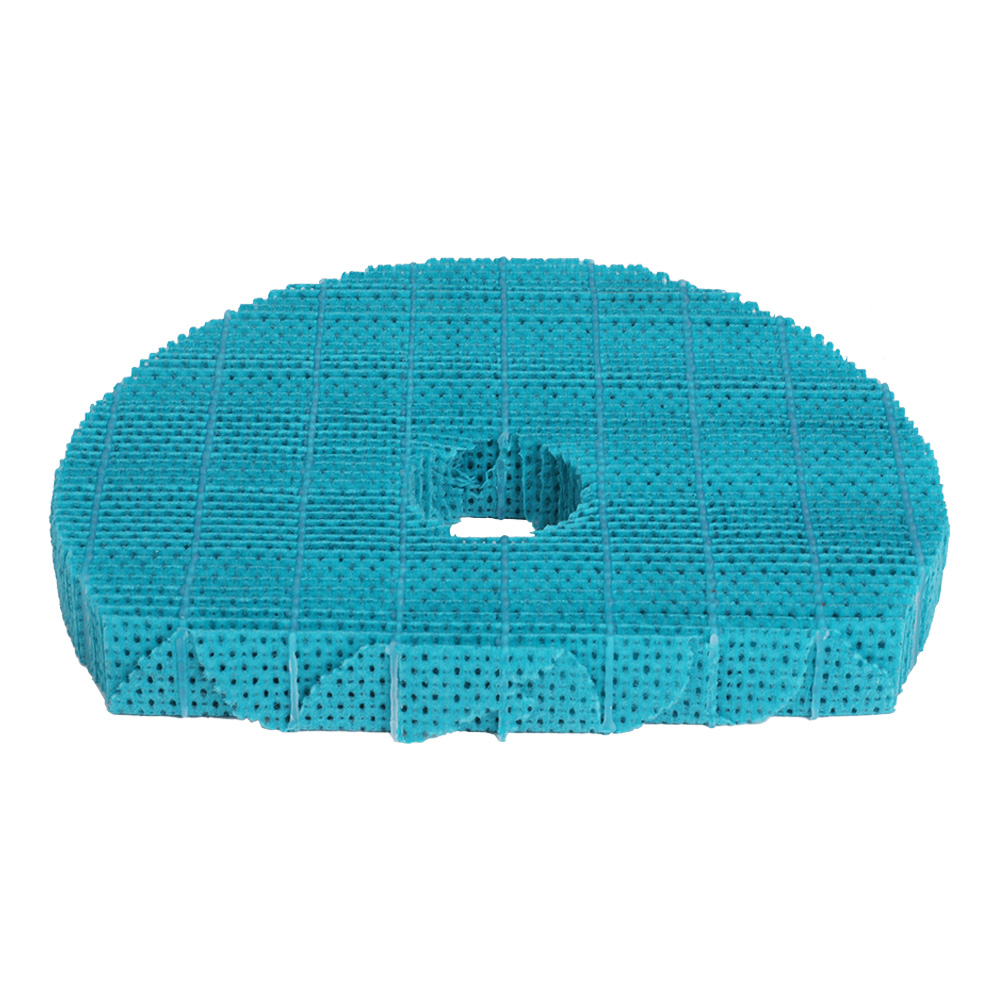

Activated carbon air filters are air purification systems that use activated carbon to remove contaminants from the air. Activated carbon is a form of carbon that has been treated with oxygen to create millions of tiny pores between the carbon atoms. These pores increase the surface area of the carbon, which makes it highly effective at trapping pollutants.
Activated carbon air filters work by adsorption, which is the process of trapping molecules on the surface of a material. As air passes through the filter, pollutants such as volatile organic compounds (VOCs), gases, and odors become trapped in the activated carbon. The activated carbon also neutralizes odors by breaking down the molecules that cause them.
Activated carbon air filters are commonly used in conjunction with other types of air filters, such as HEPA filters. HEPA filters are effective at removing airborne particles, but they are not as effective at removing gases and odors. By combining HEPA filters with activated carbon filters, you can effectively remove both airborne particles and gases from the air.
Activated carbon air filters are an effective way to improve indoor air quality and reduce the risk of respiratory problems. By using activated carbon to trap pollutants and neutralize odors, these air filters can provide a range of benefits, including allergy relief, elimination of odors, and energy efficiency. If you're looking for an effective way to improve the air quality in your home or office, consider using an activated carbon air filter.


 English
English 中文简体
中文简体